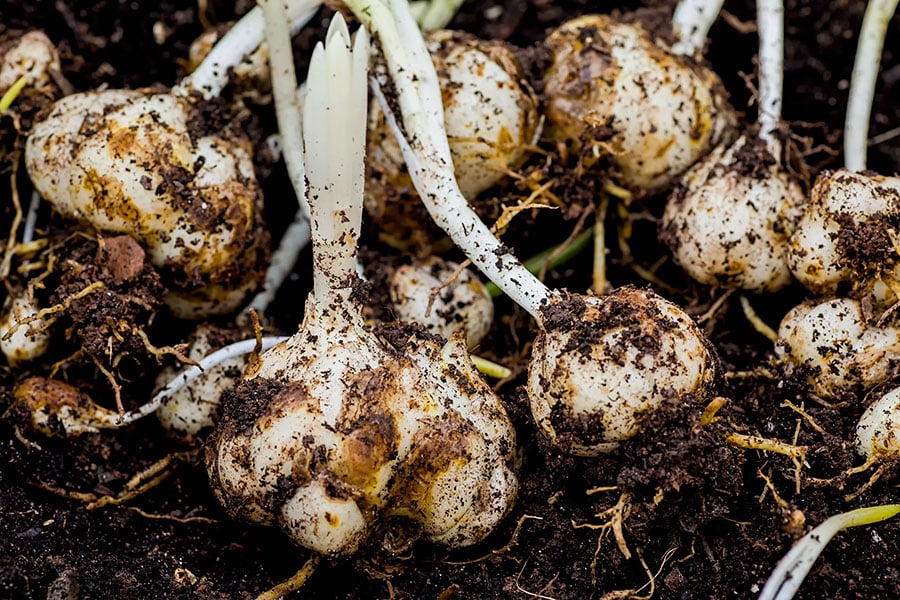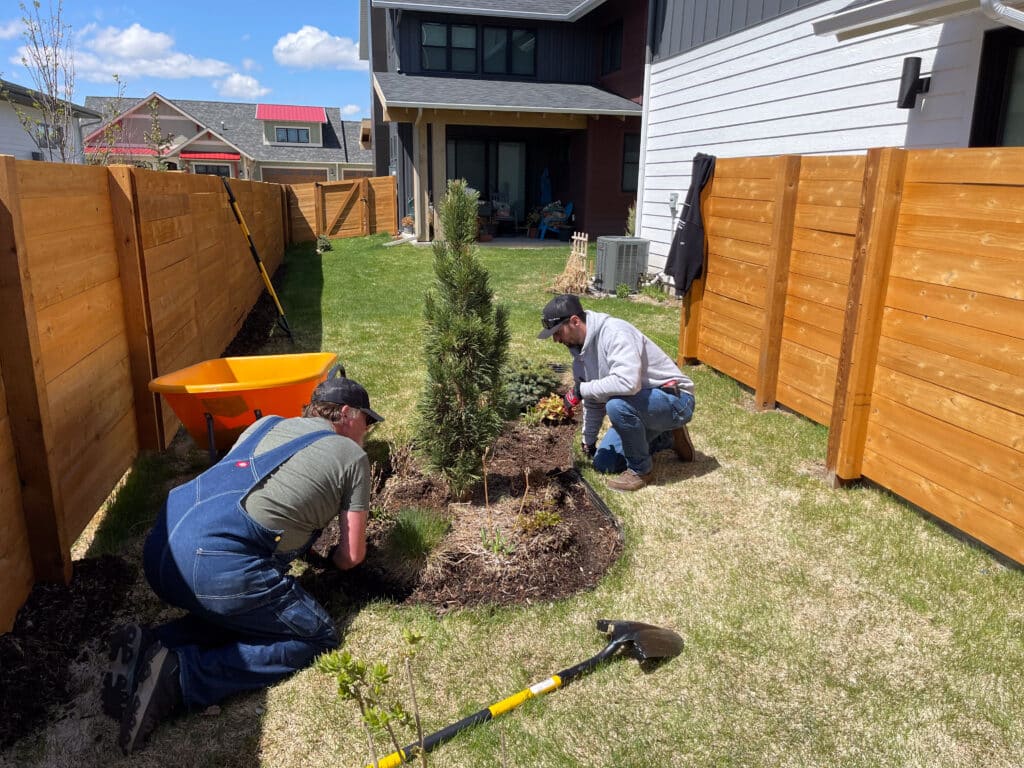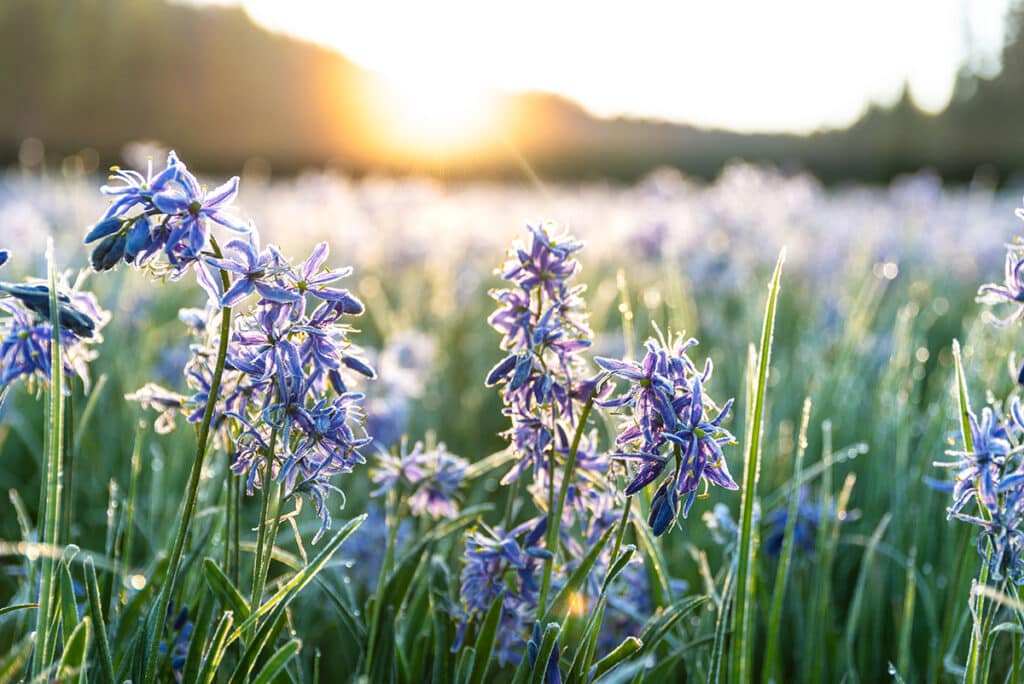Plant bulbs at a depth that is typically two to three times their height for successful flowering.
The ideal planting depth for bulbs can vary depending on the type of bulb and the specific plant species. However, as a general guideline, here are some common planting depths for different types of bulbs:
Plant Type
1. Tulips & Daffodils
Plant these bulbs at a depth of about 6 to 8 inches (15 to 20 cm).
2. Crocuses
Plant crocus bulbs at a shallower depth, around 3 to 4 inches (7.5 to 10 cm).

3. Hyacinths
Plant hyacinth bulbs at a depth of approximately 6 inches (15 cm).
4. Alliums
Allium bulbs are typically planted at a depth of 6 to 8 inches (15 to 20 cm).
5. Lilies
Oriental and Asiatic lilies are commonly planted at a depth of 6 to 8 inches (15 to 20 cm).
6. Dahlias
Dahlia tubers are planted at varying depths, usually around 4 to 6 inches (10 to 15 cm) deep.
7. Gladiolus
Gladiolus corms are planted at a depth of about 6 inches (15 cm).
Final Thoughts
It’s important to note that these are general guidelines, and the recommended planting depth may vary based on the specific instructions provided for the particular bulb or plant species you are working with. Always refer to the planting instructions provided by the bulb supplier or on the packaging. Also consider Top Dog’s softscaping services.
When planting bulbs, it’s also essential to consider the soil quality and drainage. Bulbs generally prefer well-draining soil to prevent waterlogging, which can lead to bulb rot. Additionally, planting depths may be influenced by climate and local growing conditions, so it’s advisable to take those factors into account as well.



